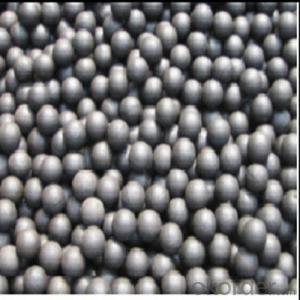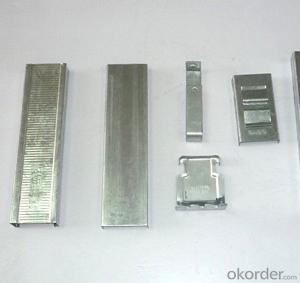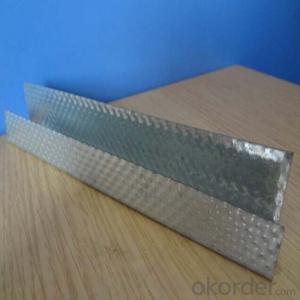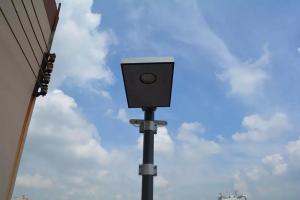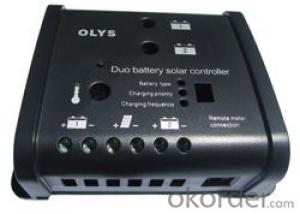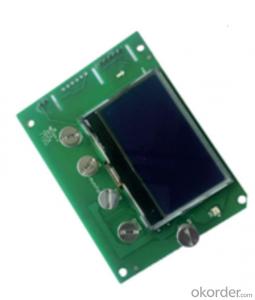Inverter In Solar
Inverter In Solar Related Searches
Surface Grinding Wheels For Hardened Steel Grinding Wheels For Steel Grinding Wheels For Metal Waterproofing Additive For Cement Render 3/8 In Stainless Steel Tubing Stainless Steel Drop In Anchors Scratches In Stainless Steel Purpose Of Inverter In Solar Best Solar Cells In The World Best All In One Solar InverterHot Searches
Steel Mesh Panels For Sale Price For Stainless Steel Scrap Scrap Price For Stainless Steel Cheap High Tea Sets For Sale Stainless Steel Tanks For Sale High Density Fiberboard For Sale Solar Hot Water Collectors For Sale Scaffolding For Sale In Uae Scaffolding For Sale In Ireland Scaffolding For Sale In Houston Type Of Inverter For Solar Price Of Shipping Containers For Sale Stock Price For Aluminum Used Solar Inverter For Sale Portable Led Signs For Sale Stone Hot Water Bottles For Sale Large Led Screens For Sale Used Aluminum Scaffolding For Sale 1/4 Aluminum Plate For Sale Scaffolding For Sale In UaeInverter In Solar Supplier & Manufacturer from China
Okorder.com is a professional Inverter In Solar supplier & manufacturer, offers integrated one-stop services including real-time quoting and online cargo tracking. We are funded by CNBM Group, a Fortune 500 enterprise and the largest Inverter In Solar firm in China.Hot Products
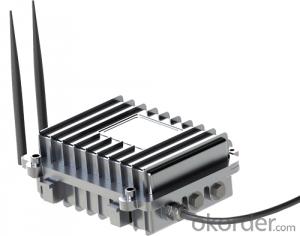
Internet of Things Wireless Centralize Controller Remote Monitor System MPPT Solar Charge Controller
FAQ
- Yes, a solar controller can be used with solar-powered satellites. A solar controller, also known as a charge controller or solar regulator, is an essential component in solar power systems. Its main function is to regulate the voltage and current from the solar panels to the batteries, ensuring efficient charging and preventing overcharging or damage to the batteries. In the case of solar-powered satellites, the solar controller plays a crucial role in managing the power generated by the satellite's solar panels. These panels capture sunlight and convert it into electrical energy, which is then used to power the satellite's various systems and instruments, as well as charge the onboard batteries for use during periods of low solar exposure. The solar controller's primary task is to optimize the charging process by maintaining the solar panels' output voltage at the ideal level for maximum power transfer to the batteries. It also safeguards the batteries by preventing overcharging, which can lead to reduced battery lifespan or even failure. Additionally, a solar controller for a satellite may have certain specialized features depending on the mission requirements. For example, it may need to handle high voltage or current levels, have advanced monitoring and control capabilities, or be designed for operation in space's harsh environmental conditions, such as extreme temperatures and radiation. In summary, a solar controller is indeed compatible with solar-powered satellites and is essential for efficient power management and battery charging in such systems.
- Yes, a solar controller can be used with solar panels that are connected to a micro-inverter. A solar controller is typically used to regulate or control the charging of batteries in a solar power system. It is responsible for managing the flow of electricity from the solar panels to the batteries, preventing overcharging and ensuring optimal charging efficiency. In a system where solar panels are connected to a micro-inverter, the micro-inverter is responsible for converting the DC power generated by the solar panels into AC power that can be used by household appliances or fed back into the grid. The micro-inverter regulates the output voltage and frequency of the AC power. The solar controller, in this case, can still be used to regulate the charging of batteries in the system. It can monitor the current and voltage of the solar panels and adjust the charging parameters accordingly. The micro-inverter's role is limited to the conversion of power, while the solar controller can still optimize the charging process to ensure the batteries are properly charged and protected. Overall, the combination of a solar controller and a micro-inverter allows for efficient power conversion and optimal battery charging in a solar power system.
- Yes, a solar controller can be used with gel batteries. Gel batteries require a specific charging profile, and a solar controller can be programmed or adjusted to match the charging needs of gel batteries. This ensures that the batteries are charged efficiently and safely, maximizing their performance and lifespan.
- A solar controller is designed to efficiently regulate and optimize the charging process of a solar panel system. It is equipped with advanced technology to handle variable sunlight conditions effectively. One of the key features of a solar controller is its ability to adjust the charging parameters based on the available sunlight. When the sunlight intensity is high, the controller allows the solar panels to operate at their maximum power output, ensuring optimal charging of the battery bank. In contrast, during periods of low sunlight or when the panels are partially shaded, the controller actively adjusts the charging algorithm to prevent overcharging or damage to the battery. To handle variable sunlight conditions, a solar controller also incorporates a Maximum Power Point Tracking (MPPT) algorithm. This feature enables the controller to track and extract the maximum power from the solar panels even under changing sunlight conditions. By continuously monitoring the voltage and current output of the panels, the MPPT algorithm adjusts the charging voltage to ensure that the solar panels operate at their peak efficiency and deliver the maximum possible power to the battery regardless of the sunlight levels. Furthermore, many solar controllers come with built-in temperature compensation capabilities. This feature allows the controller to adjust the charging voltage according to the ambient temperature. As temperature affects the performance of the solar panels and the battery, the solar controller ensures that the charging parameters are optimized to account for these temperature variations. This helps to maintain the efficiency and extend the lifespan of the battery. In summary, a solar controller handles variable sunlight conditions by adjusting the charging parameters, utilizing MPPT algorithms to extract maximum power, and incorporating temperature compensation to optimize the charging process. With these features, a solar controller ensures that the solar panel system operates at its maximum efficiency, regardless of changing sunlight conditions, and provides optimal charging to the battery bank.
- A solar controller prevents damage from power spikes by regulating and stabilizing the voltage and current output from the solar panels. It acts as a buffer between the panels and the battery or power grid, ensuring that only a safe and consistent amount of energy is transmitted. Additionally, the controller may incorporate surge protection mechanisms to divert or absorb any excessive voltage, safeguarding the system from harmful power spikes.
- A solar controller typically does not directly handle variations in solar panel soiling. Its primary function is to regulate and optimize the charging process of the battery bank connected to the solar panels. However, some modern solar controllers may have built-in algorithms or features that monitor the output of the solar panels and adjust the charging parameters accordingly. These features can help mitigate the impact of soiling on the solar panel's performance and maintain optimal charging efficiency. Ultimately, regular cleaning and maintenance of the solar panels is the most effective way to address variations in soiling.
- Yes, a solar controller can be used in a solar-powered RV system. A solar controller is an essential component in a solar-powered system as it regulates and manages the energy flow from the solar panels to the batteries. It ensures that the batteries are charged efficiently and protects them from overcharging or damage. Therefore, using a solar controller in an RV system helps optimize the performance and lifespan of the batteries, making it a crucial component in a solar-powered RV setup.
- Yes, a solar controller can be used in a remote location where grid power is not available. Solar controllers are designed to regulate the charging process of batteries using solar panels. They can operate independently from the grid, making them suitable for off-grid locations or areas without access to electricity.


